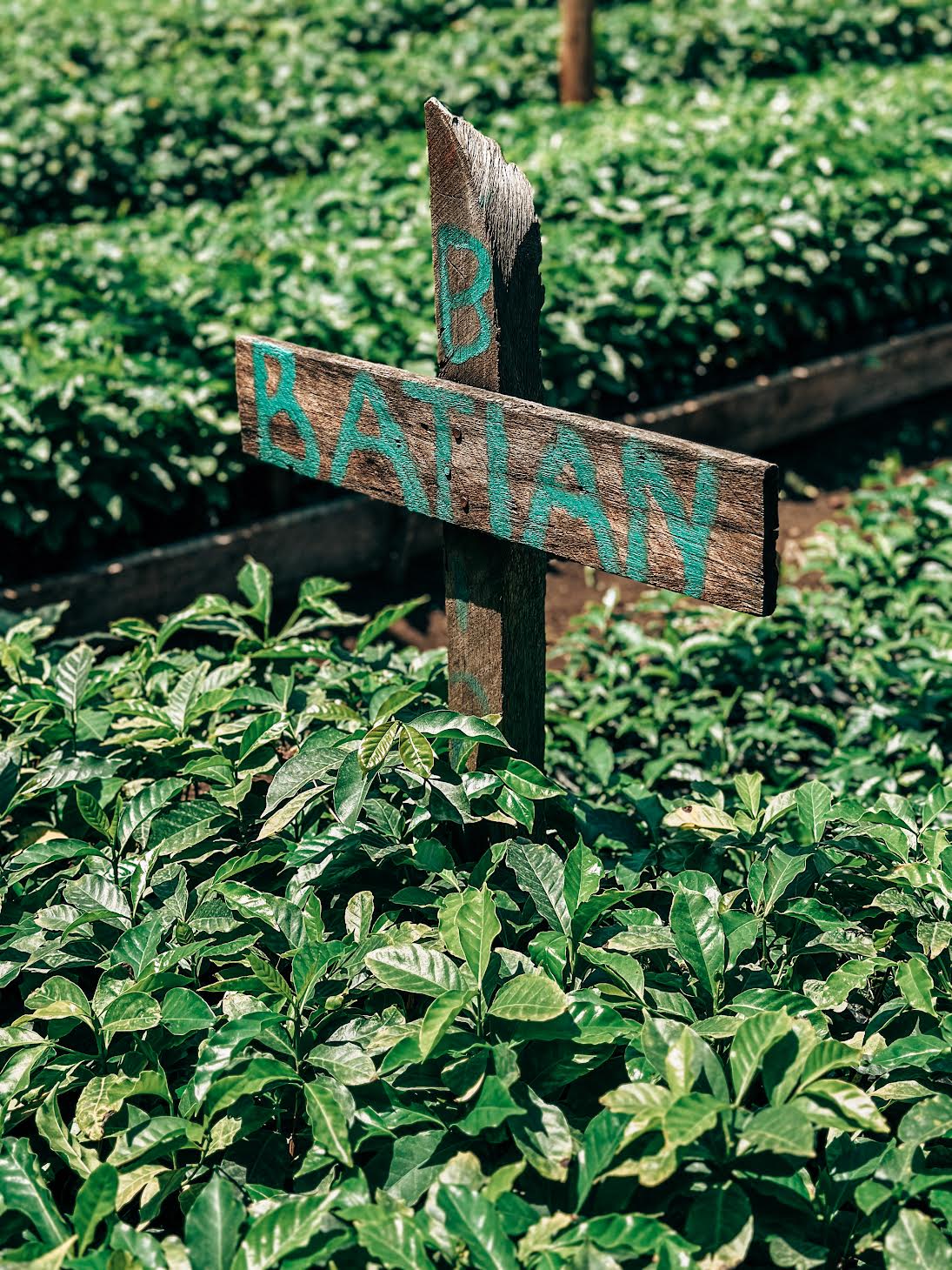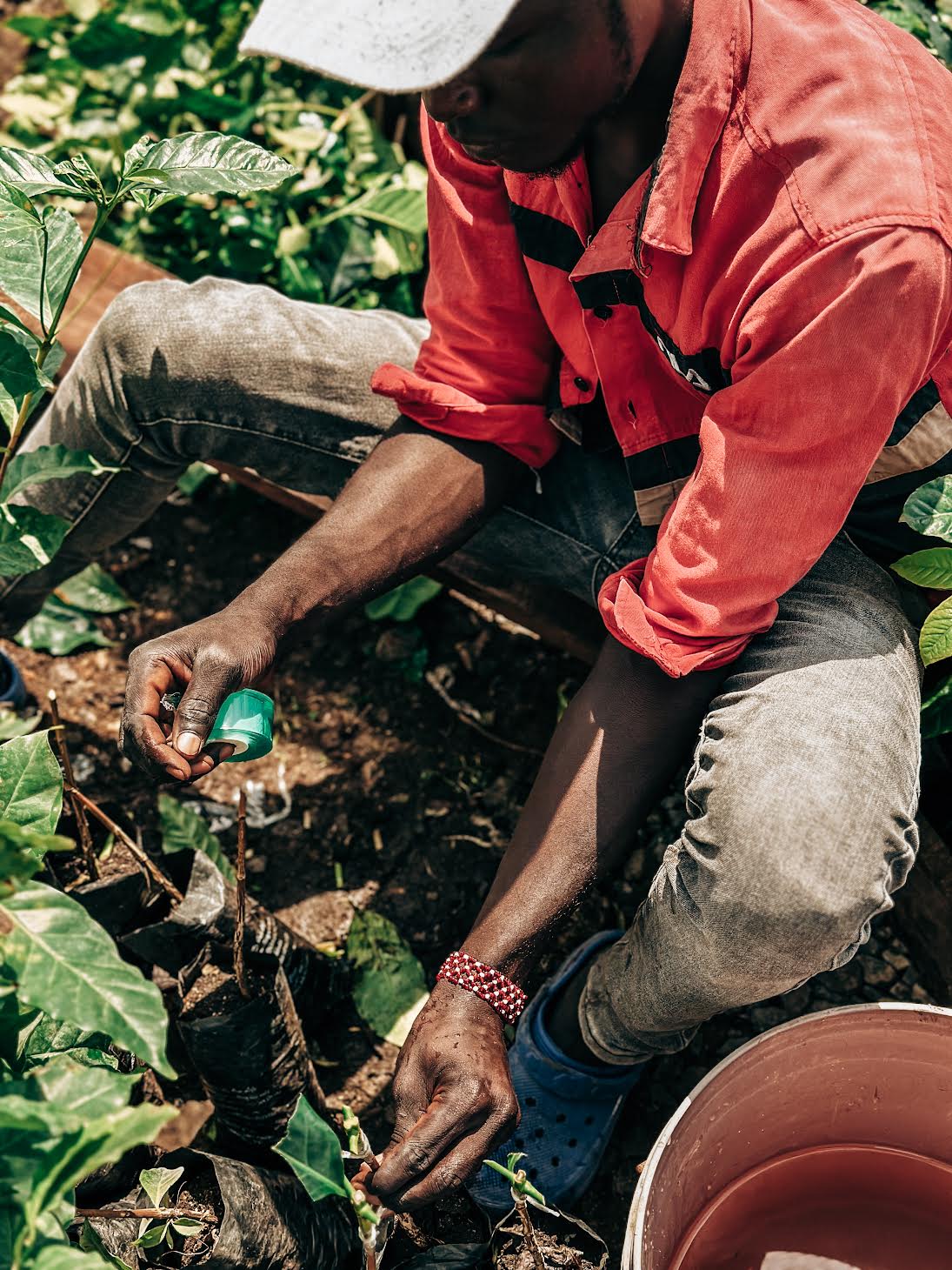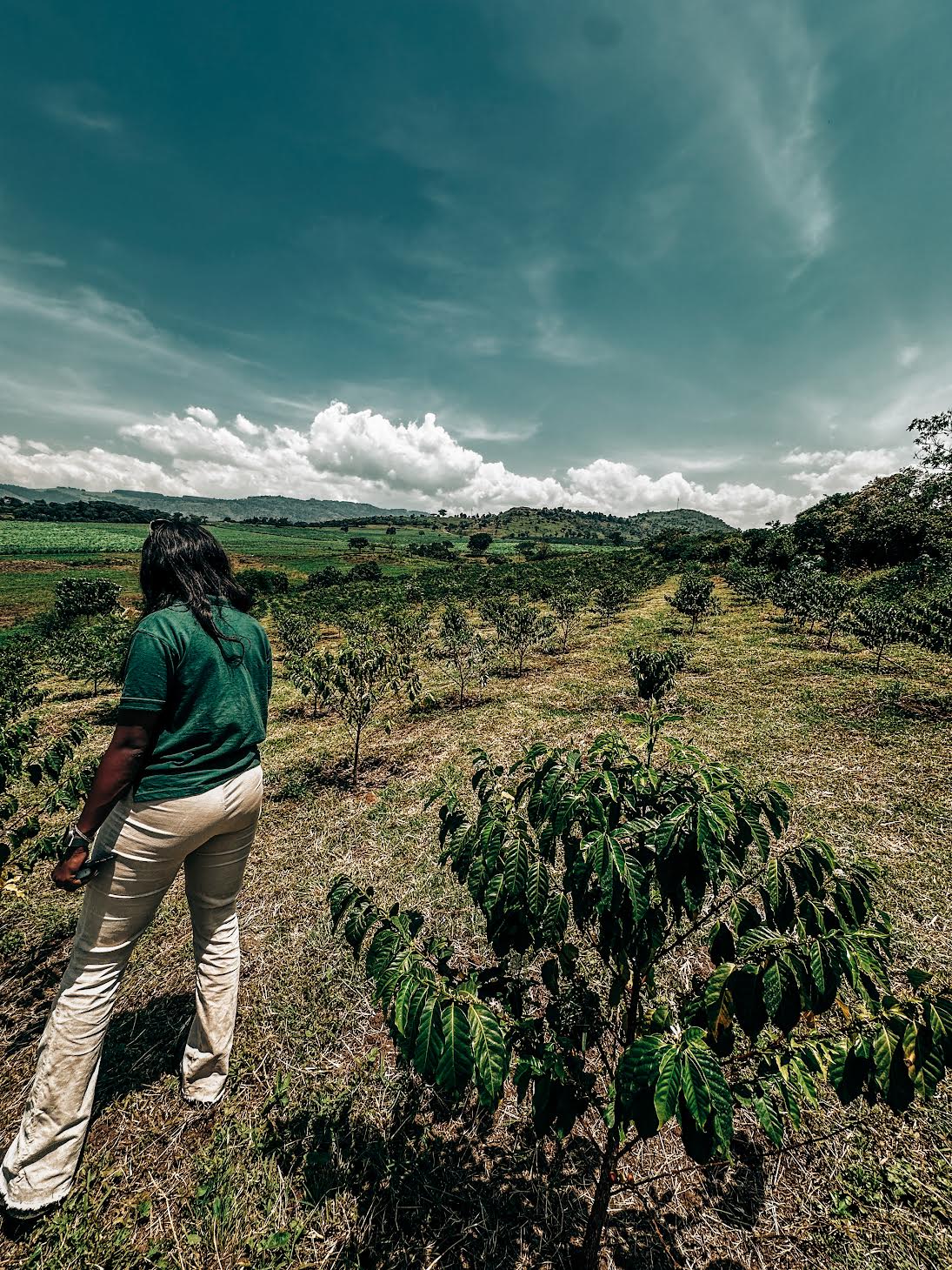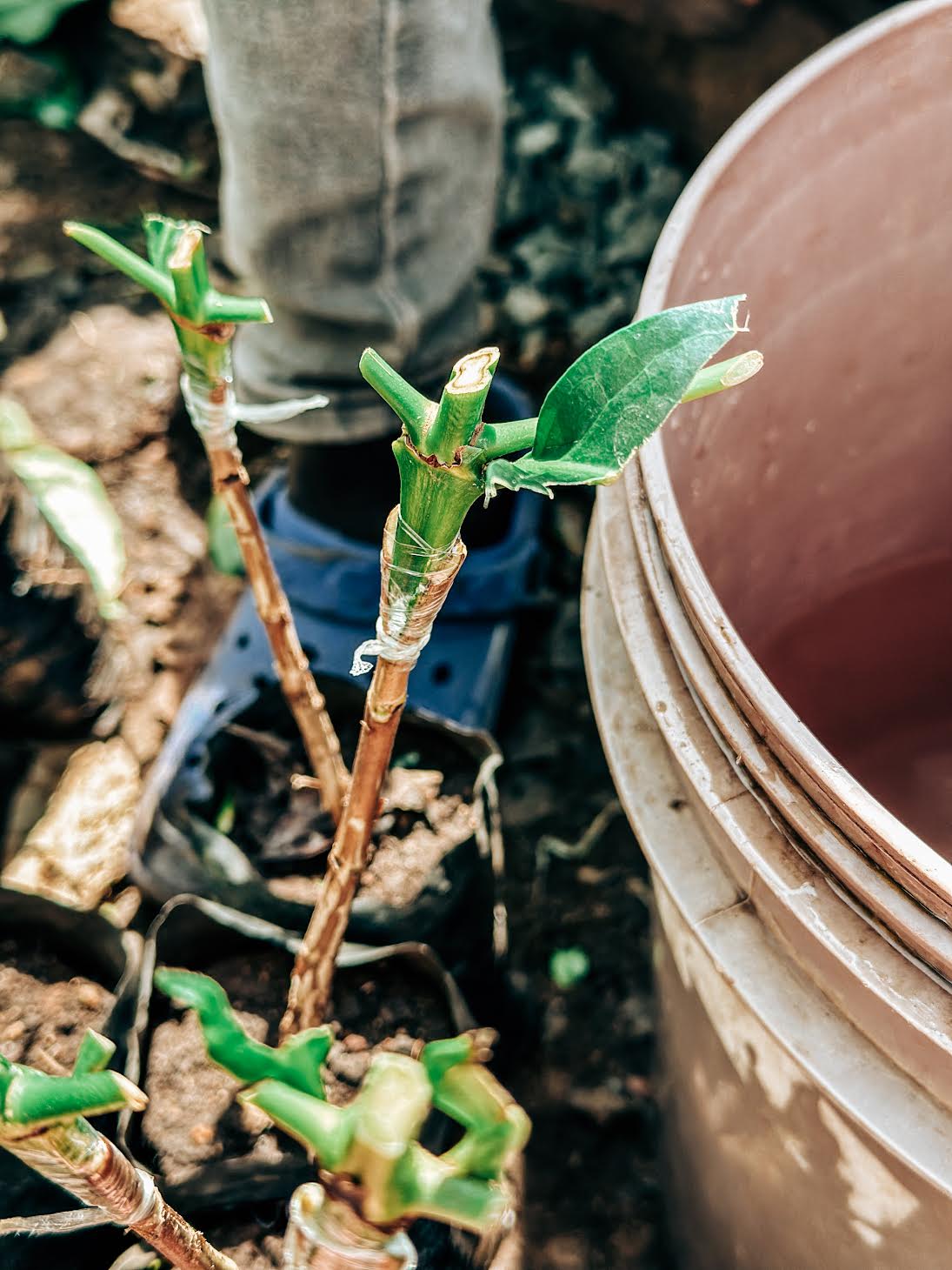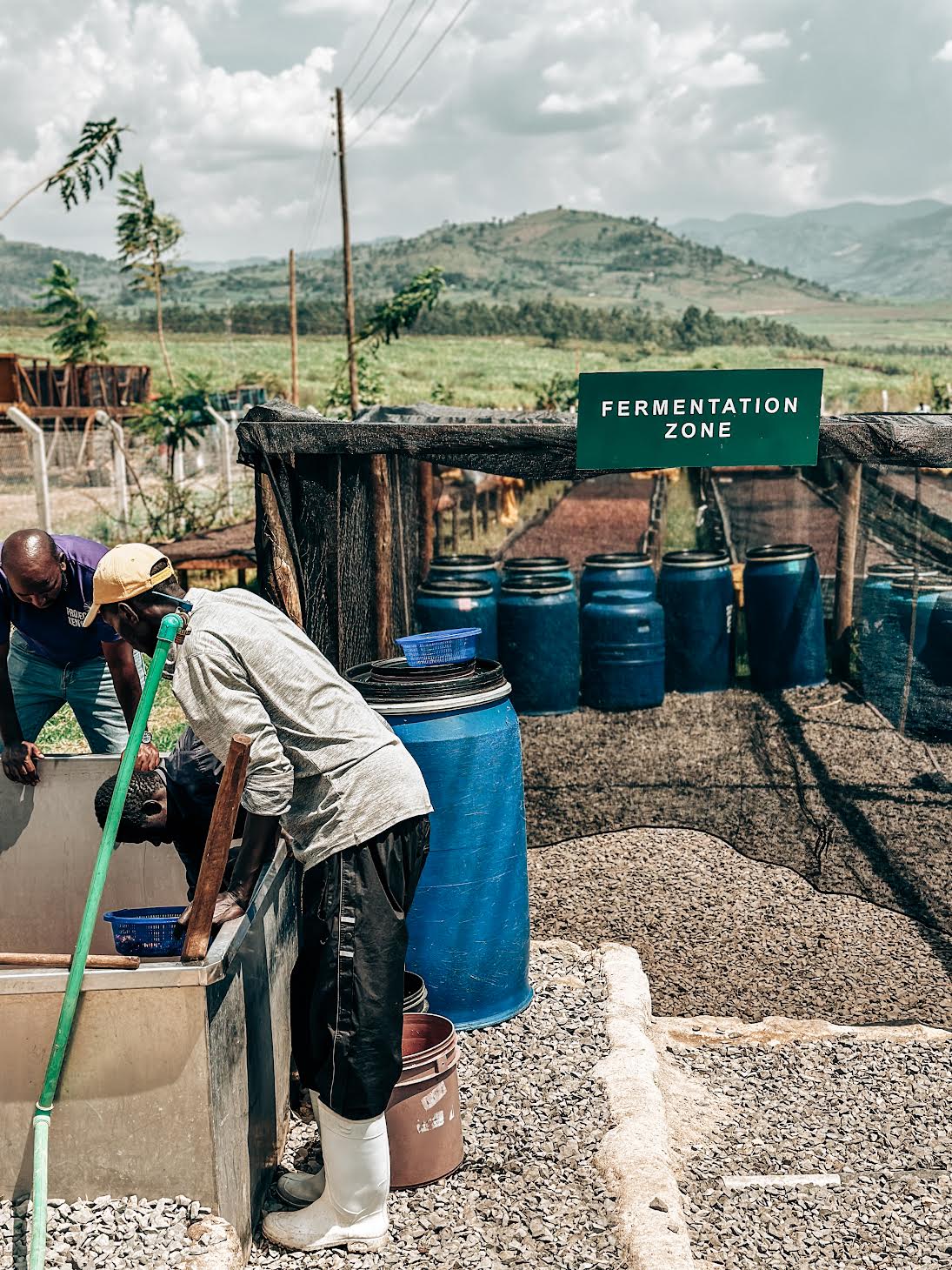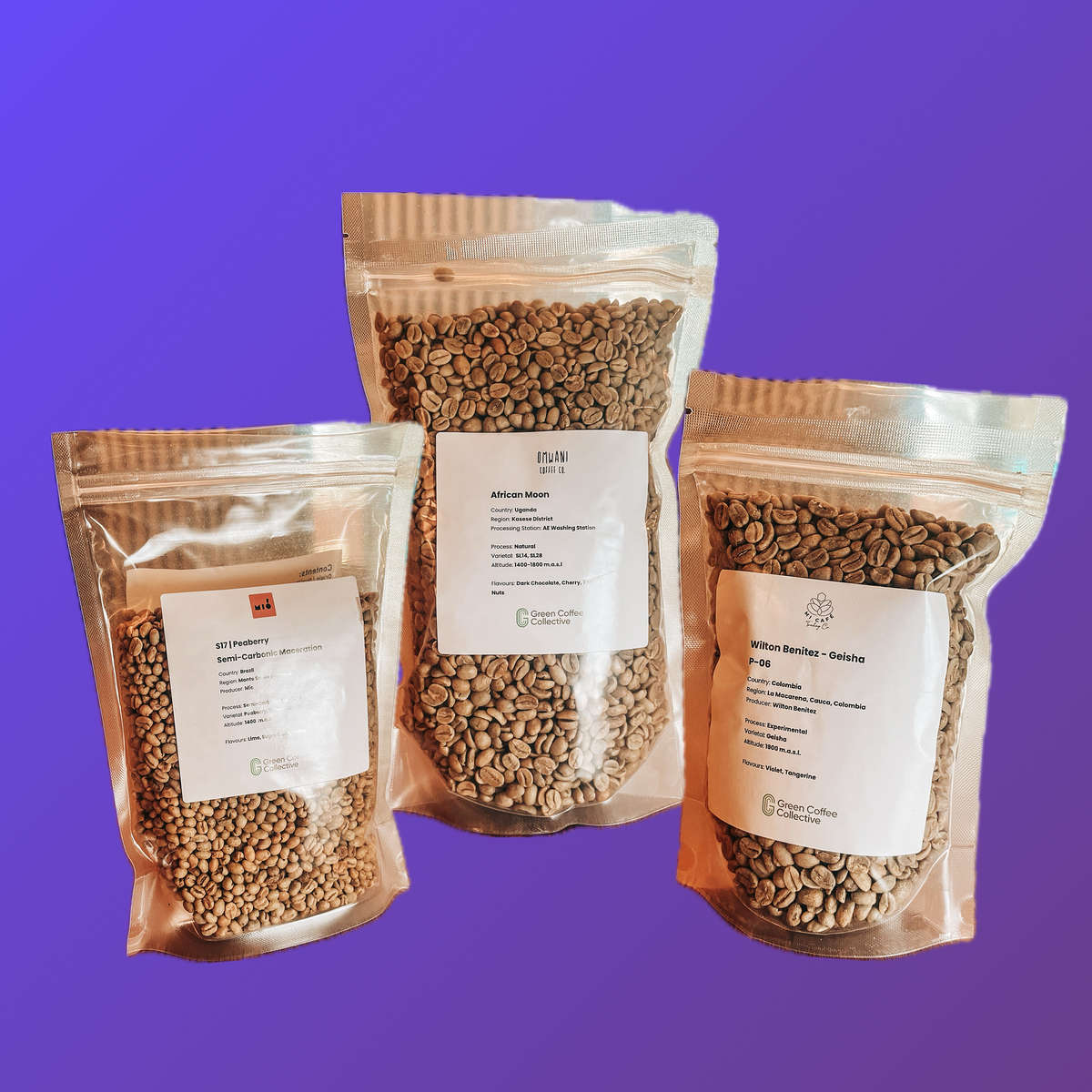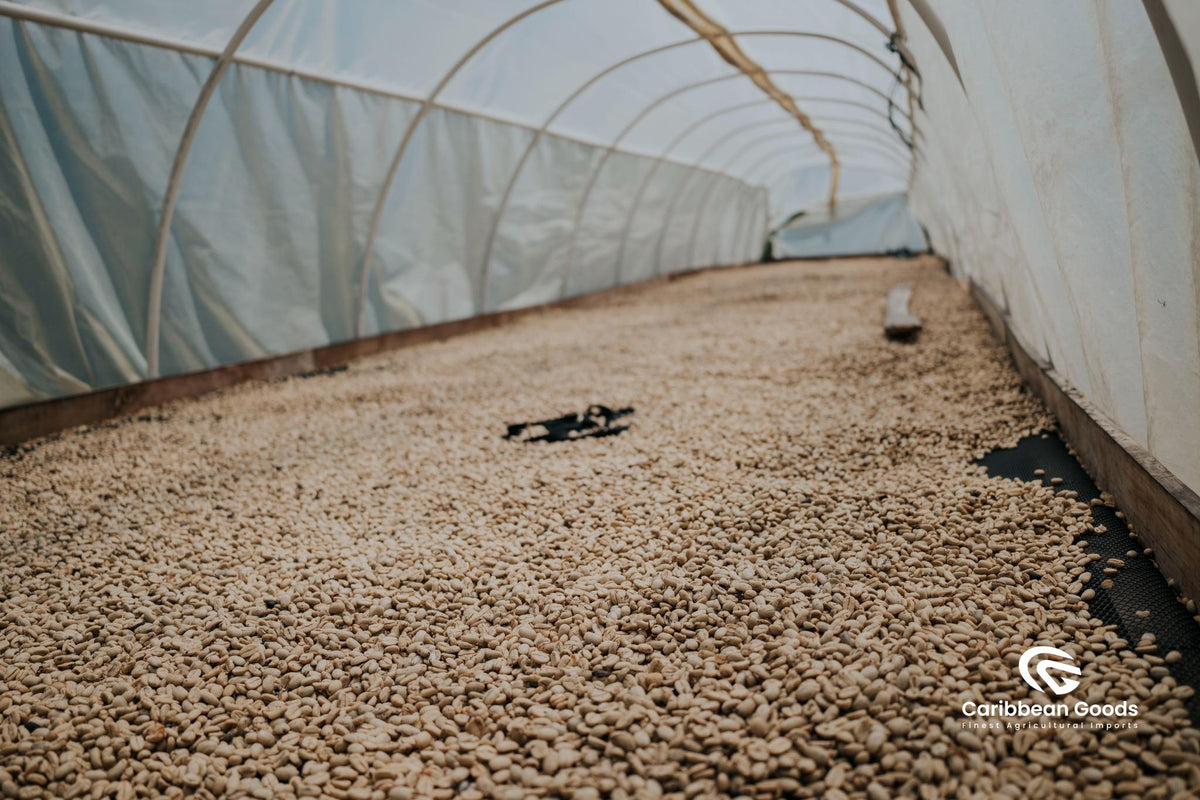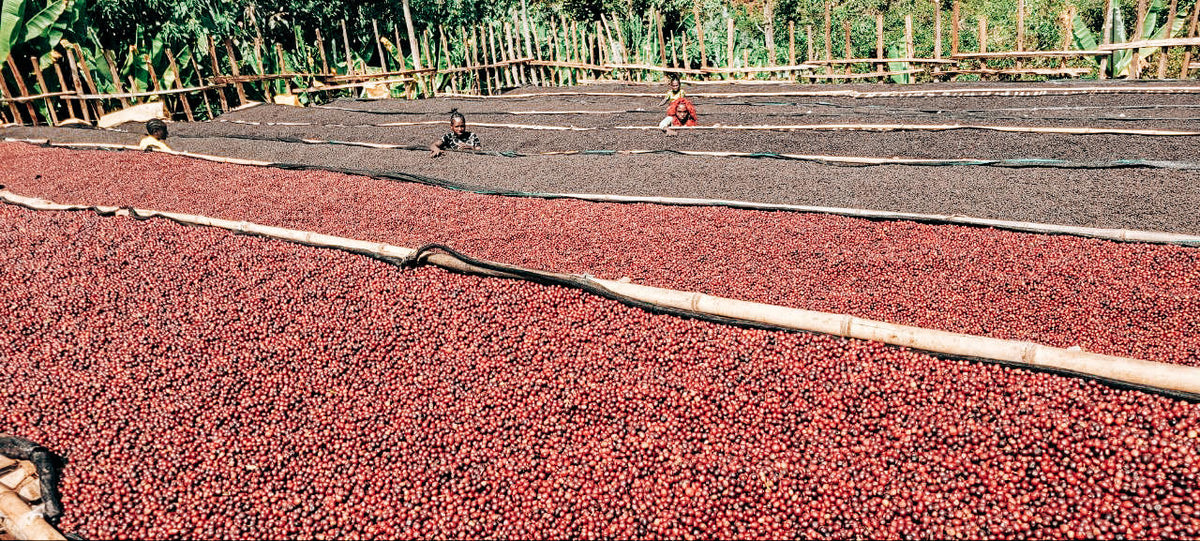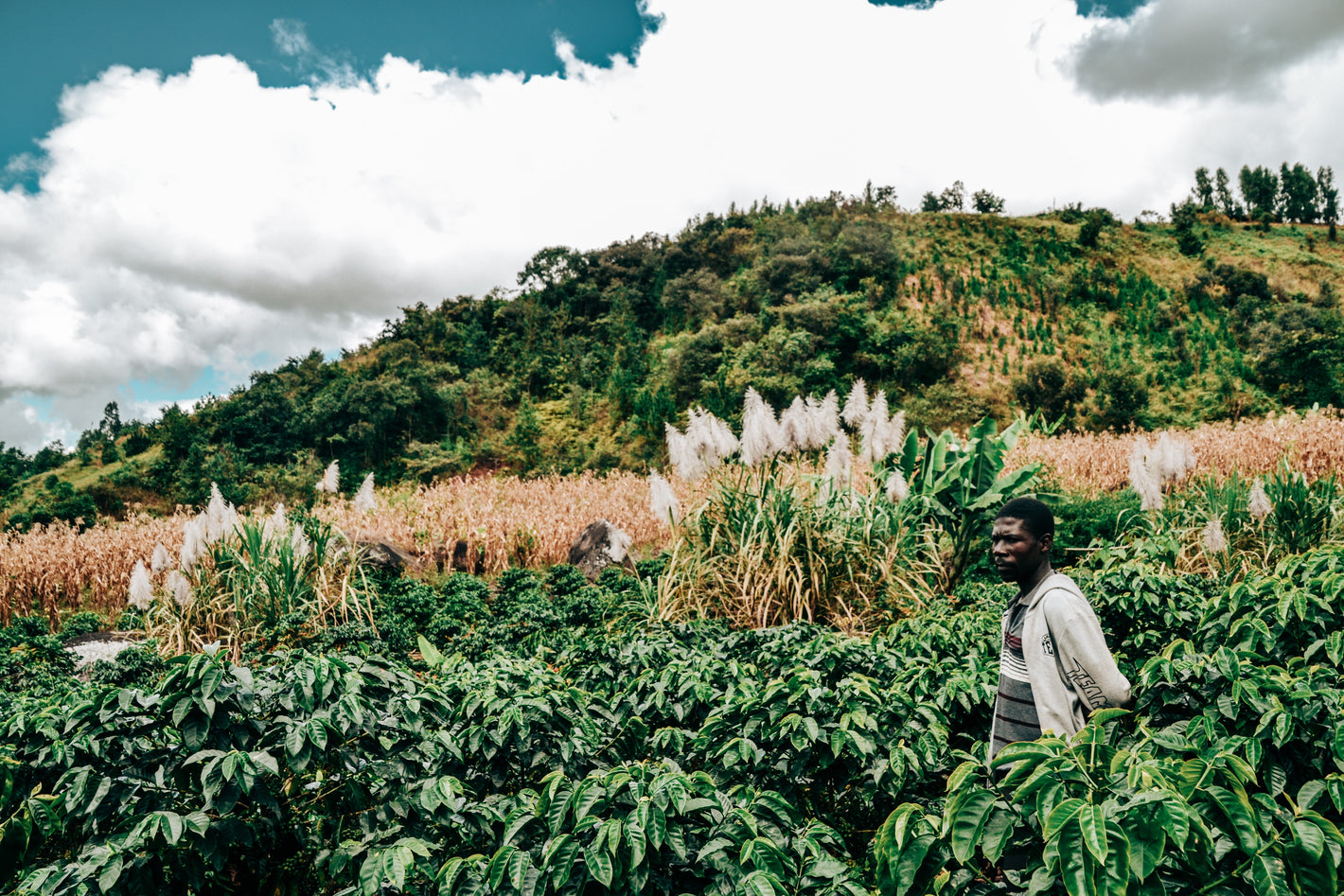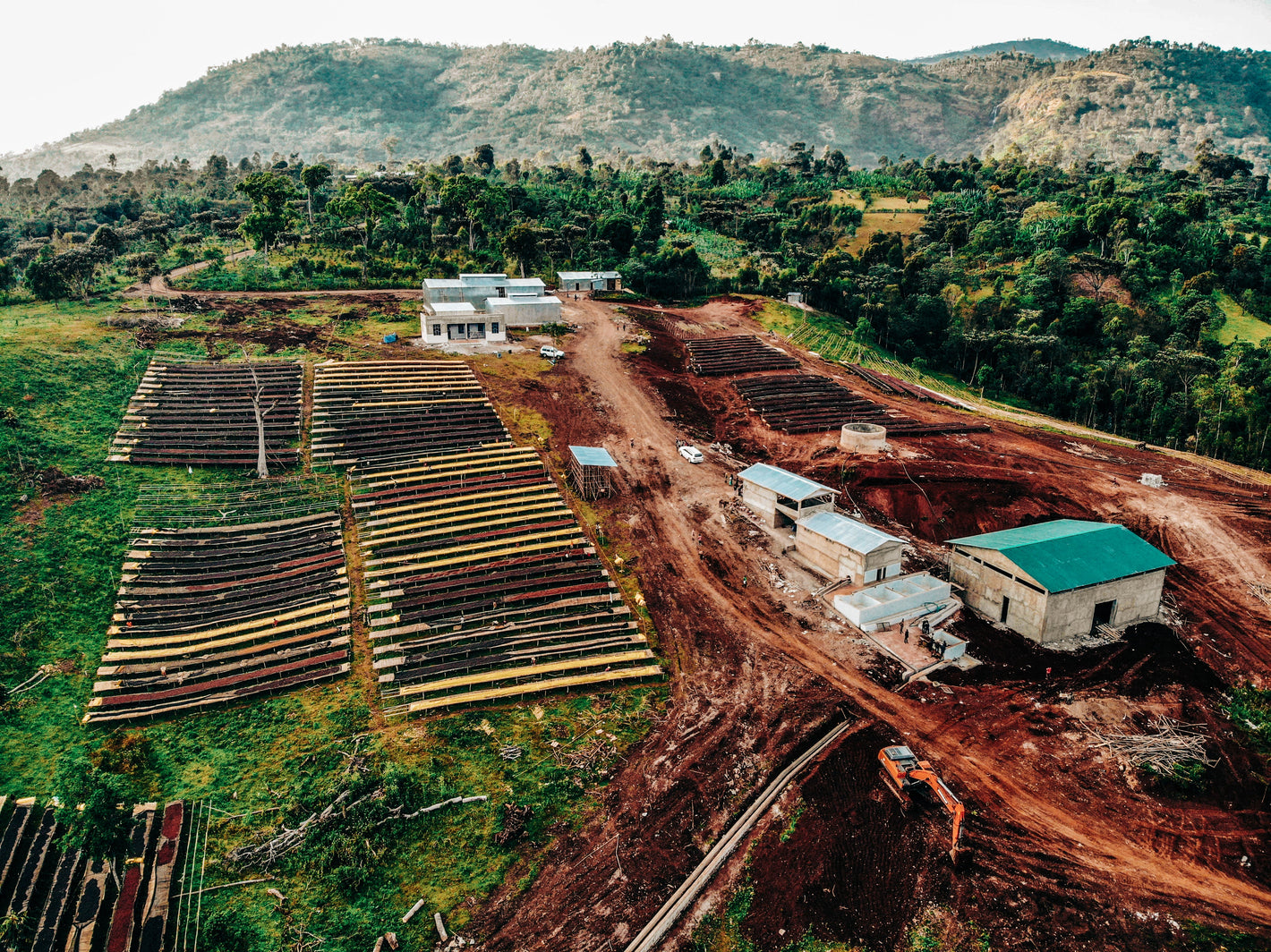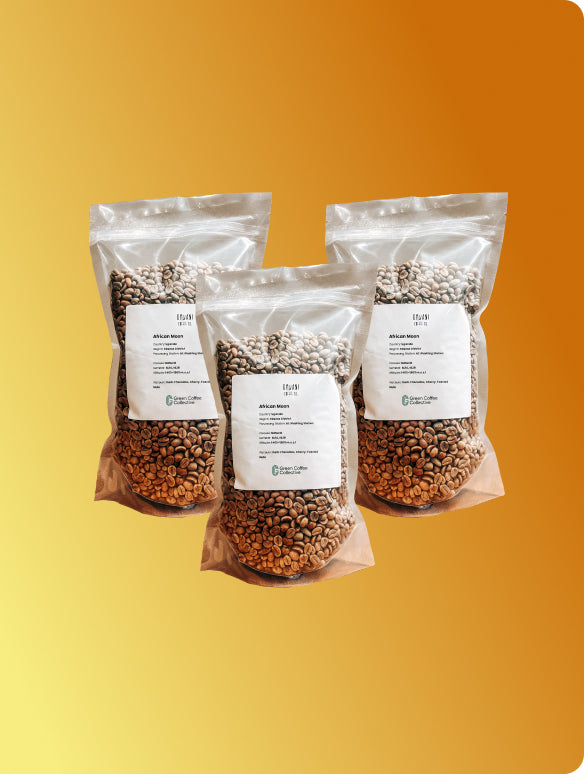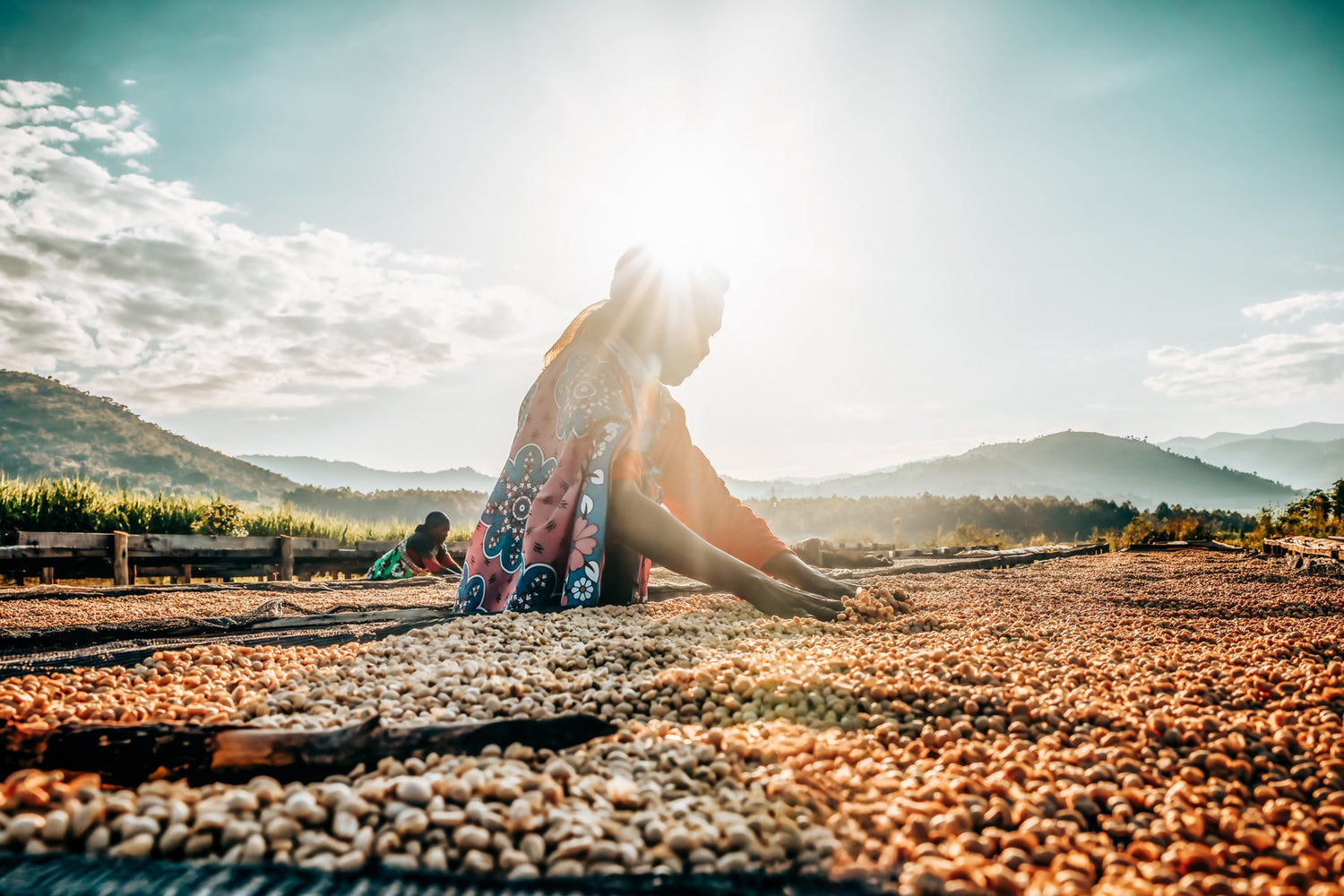
Kenya Green Coffee Beans
Kenyan green coffee is renowned for its vibrant acidity, clarity, and fruit-driven cup profiles. From structured washed lots to experimental processes, our Kenya selection includes traceable coffees from Nyeri, Kirinyaga, and beyond. We work with trusted producers and exporters to offer SL-28, SL-34, Ruiru 11, and more – all available in volumes suited to roasters of every size.
-
Priory Farm C
Cupping Score86.5Processing methodVarietalRuiru 11 , BatianMain flavour notesDates | Cola | GrapefruitLow Stock -
Priory Farm AB
Cupping Score86.0Processing methodVarietalRuiru 11 , BatianMain flavour notesDry Fruit | Citrus | MolassesIn Stock+20kg left -
Priory Farm AA
Cupping Score85.75Processing methodVarietalRuiru 11 , BatianMain flavour notesRaisins | Berry | ColaOut of Stock -
North Rift Natural
Cupping Score87.75Processing methodVarietalBatian , Ruiru 11 , SL 28 , SL 34Main flavour notesRosehip | Blackberry | SweetIn Stock+20kg left -
Kericho County AA - Kenyan Decaf
Cupping Score85.25Processing methodVarietalBatian , Ruiru 11 , SL 28 , SL 34Main flavour notesBrown Sugar | Malt | HoneyIn Stock+100kg left -
Explorer - Rolling Green Bean Subscription
Processing methodVarietalMultipleMain flavour notesVaries from each coffee -
East African Natural Staple Subscription
Processing methodVarietalMultipleMain flavour notesRed Berry | Fruity | Syrupy SweetnessIn Stock
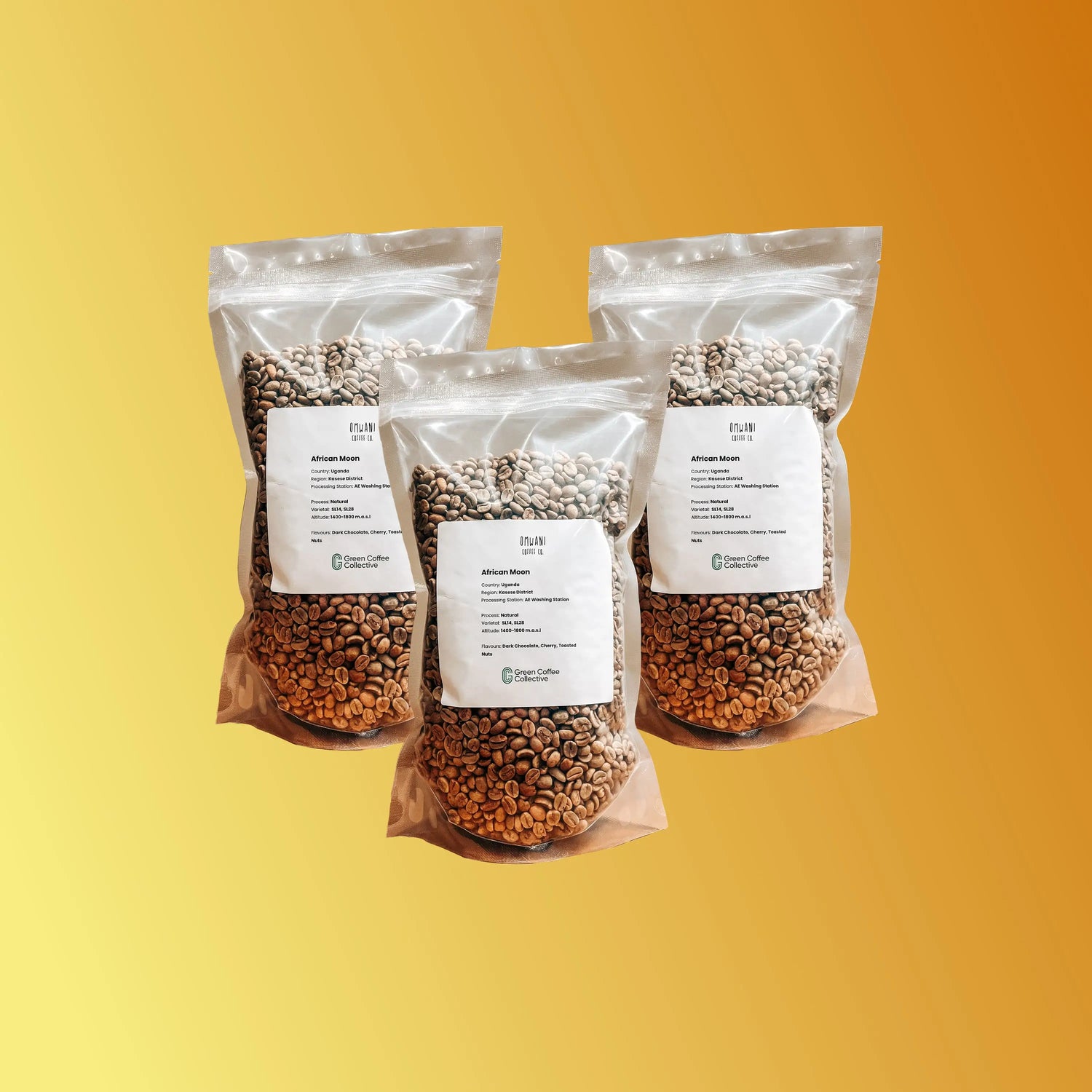
Your guide to Kenya Green Coffee Beans
-
What is special about Kenyan coffee?
-
What’s your relationship with Kenya and its coffee producers?
-
Can You Help Source Coffee from Specific Kenyan Regions or With Custom Processing Methods?
-
What Coffee Varieties Are Grown in Kenya, and Why Are They Significant to Wholesale Roasters?
-
Discover the Bright, Complex Brilliance of Kenya Green Coffee Beans
-
Why Kenya Green Coffee Beans Are Famous
-
Why Roasters Love Kenya Green Coffee Beans
-
Flavor Profile & Cupping Notes
-
Coffee-Growing Regions of Kenya
-
Varietals & Species
-
Harvest Seasons & Availability
-
Processing Methods in Kenya
-
Notable Varieties of Kenya Green Coffee Beans
-
Usage & Versatility of Kenya Green Coffee Beans
-
Best Brewing Methods for Kenya Green Coffee Beans
-
Quality Standards for Green Coffee Beans in Kenya
-
Sourcing & Traceability
-
Buy 100% High-Quality Kenya Green Coffee Beans
